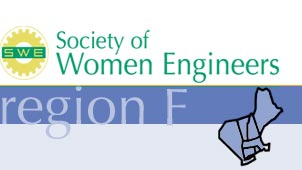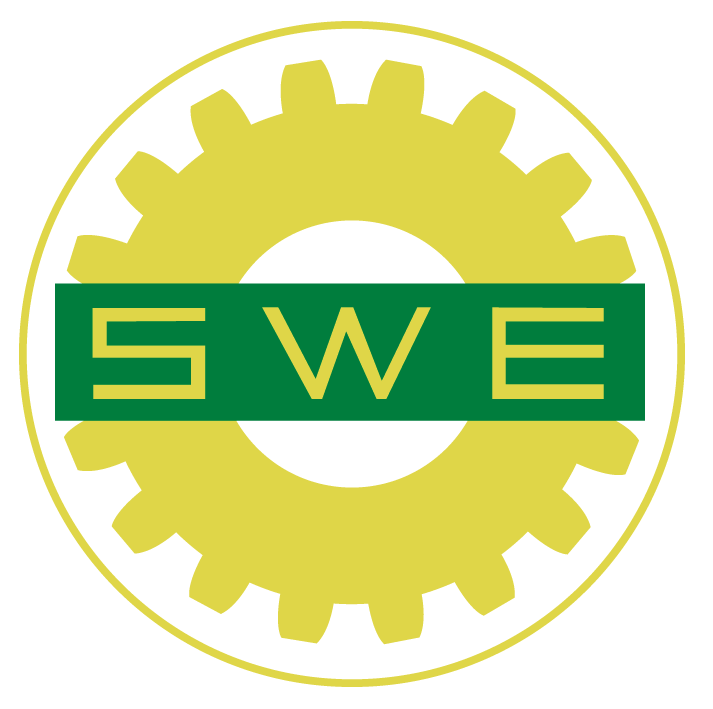Enjoy access to a huge network of SWE professional members and mentors, faculty/student socials, recruiter/student socials, plant tours, workshops, speakers, community activities, scholarship eligibility, and much more! PLUS! If you decide to join National SWE, MIT SWE will give you 50% off membership!
National SWE
Region F SWE

A Day in the Life of...
Judy Priest
Principal Engineer
Cisco Systems, Inc.
I have been at Cisco Systems for the last 3 years, and working in the high tech industry for over 20 years. I have worked in large companies and startups, in research and product design, across a broad range of end products – computer and network systems, microprocessors, ASICs, memories, graphics systems, and wireless applications. I believe everything I have done and everyone I have learned from, prepares me for the job I still have in front of me.
My field is broadly described as signaling design and technology in hardware engineering. My job function is really just to “make it work”. Signaling involves the transmitter, transmission medium, and receiver. Anything that touches that path is included in an area of signaling technology called signal and power integrity. This takes a system level perspective, looking at everything in the hardware path - electrons, transistors, chips, packages, boards, backplanes, connectors, cables, power supplies, and finding a way to maximize that bandwidth within the project constraints of resources, schedule, and cost. The foundation for this is a mix of analog and digital circuit design and applied electromagnetics.
Another aspect of signaling technology is working on the physical (as opposed to logic) architecture of hardware. How does the system get physically partitioned? What are the tradeoffs of parts count vs. pincount, interface speed, cost, and manufacturability risk? How do we maximize bandwidth with minimal power dissipation and switching noise?
To optimize the design of complex systems like the ones we build at Cisco, it takes cross-functional collaboration and teamwork. I am able to work with very talented engineers in all disciplines, hardware, software, dev test, manufacturing, and reliability. I am able to work with our suppliers in development partnerships to build world class hardware systems. I also manage a team of very dedicated engineers. Even though I have been doing this type of work for many years, I find I still learn something new every day. This is partly due to the dynamic nature of technology development, but it is mostly because of the information sharing between team members.
In school, we learn how to be technically correct. GPAs and class ranks are metrics that measure our personal skill. At work, we learn there are many approaches to a viable solution. The importance of mutual respect, personal integrity, clear communication, and valuing diversity can not be overemphasized.
So how did I get here? I went to Rensselaer Polytechnic Institute in NY for my BSEE, and then went to work full time at a company in MA. It was a great job but I immediately missed being in school. With the financial aid of my employer, I decided to do my MSEE at MIT while also working full time. Needless to say, this was extremely challenging. As the MIT students know, the Masters program is a full time program and does not cater to another full time work schedule on top of it. I transferred to Northeastern University the second year, which was much more accommodating, including having some remote classes outside of Boston, saving commute time.
The most valuable asset I got from my first job was learning design discipline. The recurring lesson is to have the courage to pursue the area you are most passionate about, and then let your natural curiosity and thirst for knowledge lead the way.
>> For More Information
View the index of profiles of other professional women in industry!
Email us today to learn how YOUR company can be next!
Email the Director of Information Technology,
Zhi Yao Luo
